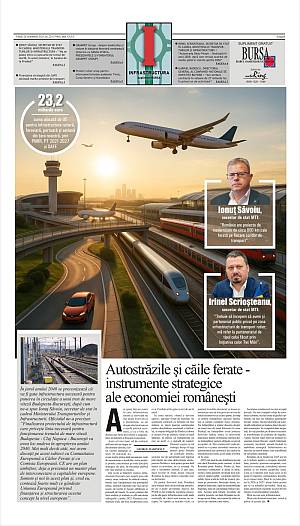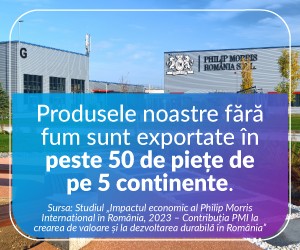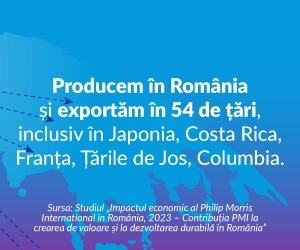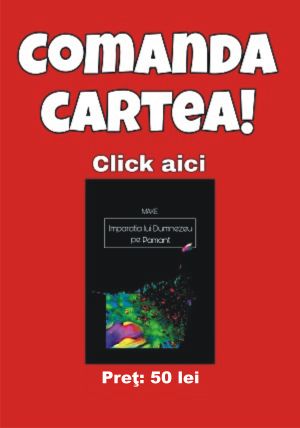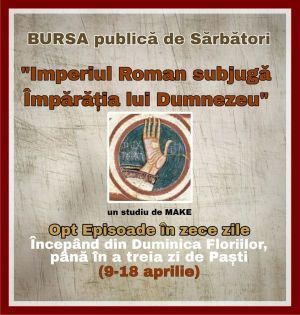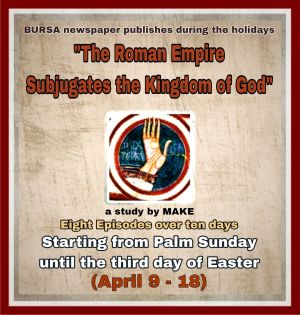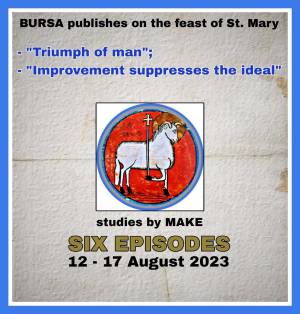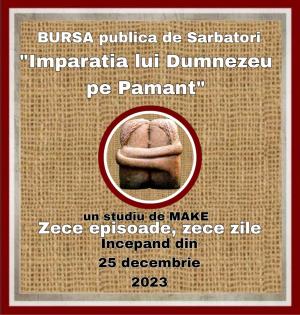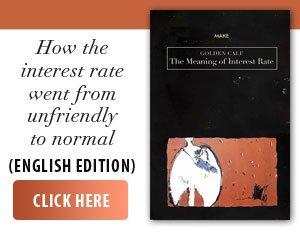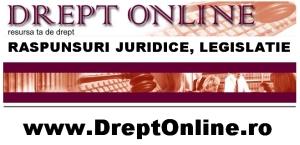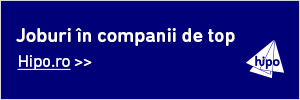The end of the calendar spring, the month of May, represented a turning point both in the political evolution and in the shaping of Romania's economic and financial trajectory, marking major transitions, institutional volatility, but also initiatives aimed at stabilizing the macroeconomic framework in a tense climate.
On the political front, the presidential elections had a major impact, with results that shook the status quo of traditional parties and brought to the surface deep divisions in society. George Simion, the AUR candidate, won the first round by a wide margin, with over 40% of the votes, but was defeated in the second round by the independent candidate Nicuşor Dan, who managed an impressive mobilization of the pro-European electorate, recovering 20 percent and winning with 53.6%. This victory led to the resignation of Marcel Ciolacu as Prime Minister and his withdrawal from the leadership of the PSD, as well as an internal reconfiguration process in the USR, where Elena Lasconi resigned and was replaced by Dominic Fritz.
Added to all this was the controversial withdrawal of Călin Georgescu, the symbolic leader of the sovereignist current in the last 9 months, whose statements contributed more to the radicalization of public discourse than to national cohesion. His final speech reflected a notable logical dissonance and a self-victimization that only served to underline the failure of a political platform that divided the electorate into two almost equal blocs: pro-Europeans and sovereignists.
Political instability also had repercussions in terms of governance: resignations, interims and transitions at the top of the parties led to increased uncertainty in the implementation of policies, although President Nicuşor Dan quickly initiated discussions to form a pro-European government coalition, with the aim of continuing the reforms undertaken through the PNRR and reducing the budget deficit.
On the economic front, May was marked by a series of mixed developments. From a budgetary point of view, according to preliminary financial results, the deficit remained at a worrying level of 3.4% of GDP in the first five months of the year, despite a solid increase in tax revenues (+14%) compared to the previous year. The structural problem is maintaining an alert pace of spending (+25% compared to May 2024), which fuels pressures on public finances, in the context in which budgetary consolidation is a condition imposed by the European Commission.
In parallel, public investments have seen an important allocation, through the approval of the revenue and expenditure budgets of some strategic state companies: Romanian Post, C.F.R., C.N.I., Romtehnica, Romanian Lottery and the Maritime Ports Administration. The largest investments approved in May refer to the railway infrastructure (CFR) - over 7.8 billion lei and to the modernization of the airport infrastructure, through the allocation of almost 500 million lei from the Government Reserve Fund. The Ministry of Finance also granted state aid of over 1 billion lei for private investments, especially in the chemical, automotive, agri-food and aeronautical industries, which represents a positive signal for the real economy.
The financial market, however, immediately felt the impact of electoral uncertainty. After the first round of elections, the tension in the political environment led to capital outflows, an increase in government bond yields and a depreciation of the leu. This volatility led the NBR to maintain the monetary policy interest rate at 6.5%, in a context in which inflation has slightly decreased, but still remains above the optimal target. At the same time, core inflation and wage pressures continue to create risks to the price trajectory in the coming months.
The NBR decision was taken in the context in which the national economy faced stagnation in the first quarter of 2025, when it recorded an increase of only 0.2% in GDP compared to the same period in 2024, and external deficits deepened, with the current account deficit reaching 7.6 billion euros in just three months, while foreign direct investment decreased significantly. Against this background, total external debt increased slightly, but the major concern remains the imbalance between imports and exports and the dependence on external financing.
Despite the tensions, the population's interest in saving through government instruments remains high. The TEZAUR and FIDELIS programs have attracted total investments of over 22 billion lei so far in 2025, which indicates a relatively good confidence in the state's ability to honor its obligations, but also a lack of viable alternatives for small investors in an unstable economic context.
On a local social and economic level, the Praid Salt Mine disaster - with major implications for regional employment and tourism - brought to the forefront the vulnerability of critical infrastructures and the lack of of coordination between authorities. The intervention of European specialists and the formation of an inter-ministerial committee, however, show an institutional capacity to react.
At the institutional level, a series of reorganizations - at the National Anti-Doping Agency, the Ministry of Interior, the Strategy and Forecast Commission - indicate a trend towards restructuring and reducing administrative expenses, in an effort to streamline bureaucracy in the face of budgetary pressures.
Therefore, Romania went through a tense month of May 2025, defined by tough ideological confrontations, unexpected political transitions, a fragile macroeconomic climate and heightened financial volatility. Despite these challenges, a partial institutional resilience is observed and a clearly outlined direction towards structural reforms and public investments, although their success will depend on the political stability of the coming months and the coherence in post-electoral governance.



















